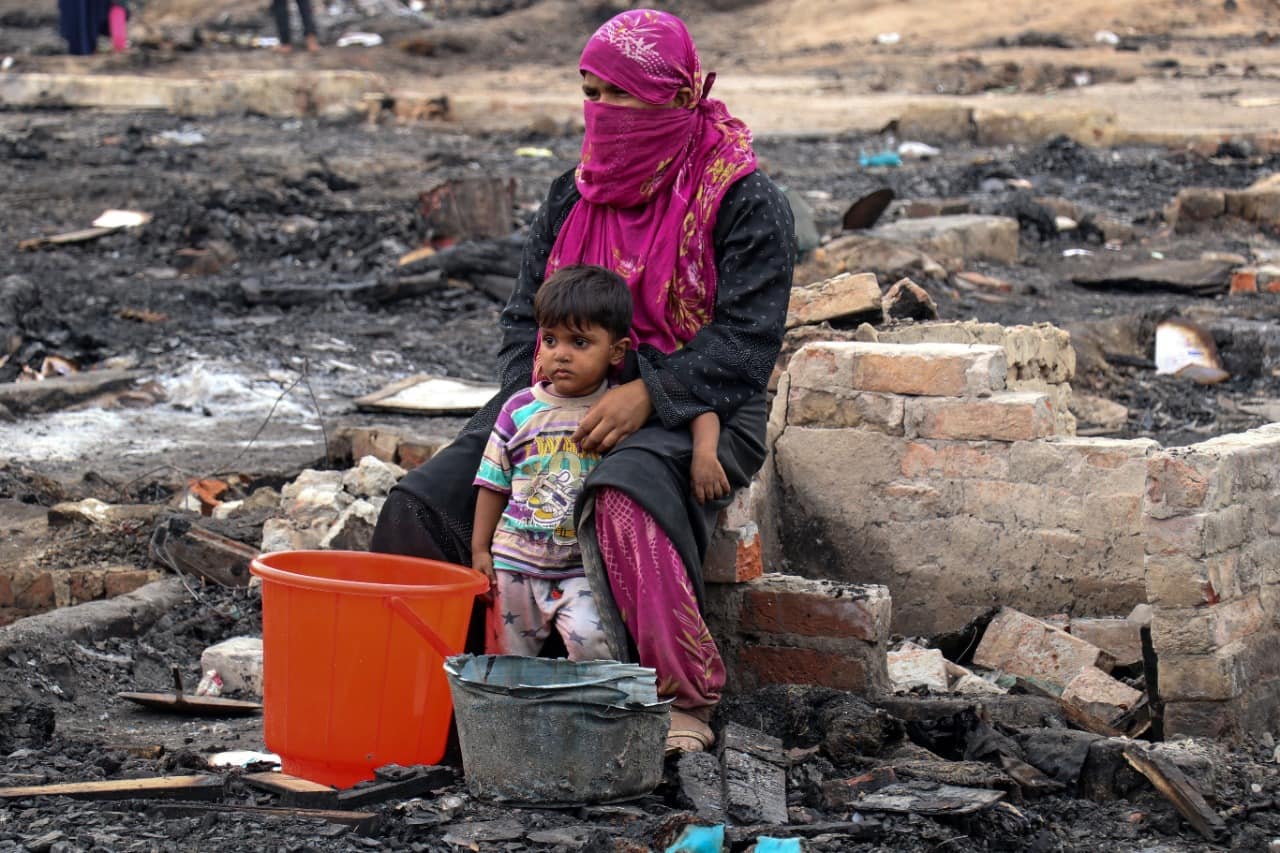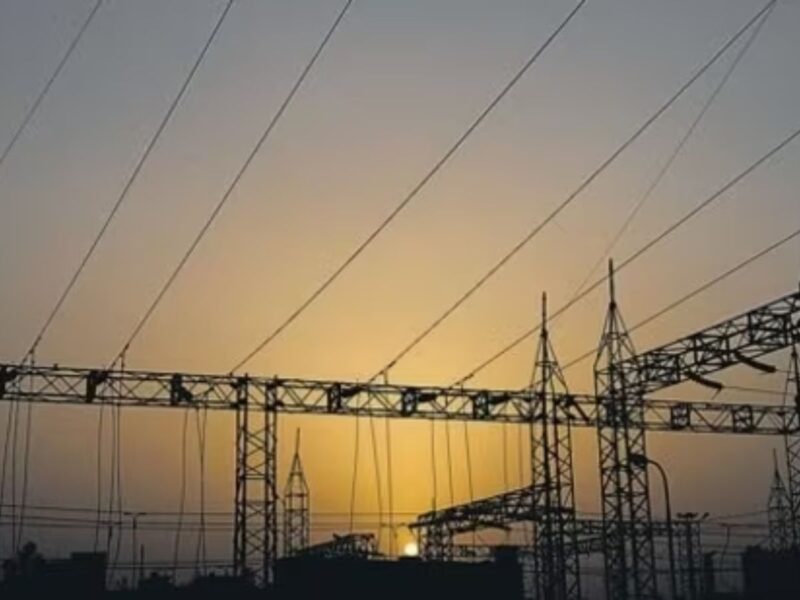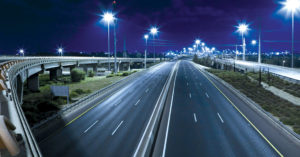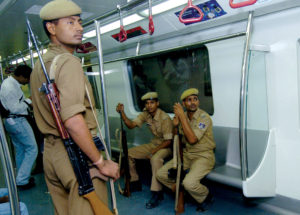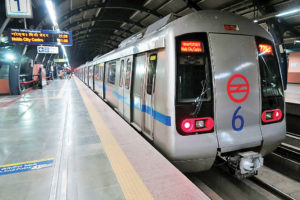Refugees and asylum seekers in Delhi continue to live in uncertainty, with many having little to no access to healthcare, education or livelihood
Etong Colette, found herself running from a home she knew since birth. Abused, battered, her partner killed, Colette left Cameroon, sought refuge in Mali and then made her way to India’s capital city, New Delhi.
It was 2018, now, as the year 2021 comes to an end, South Delhi’s Khirkhi extension — which is a refuge for many asylum seekers — has been Colette’s home for almost four years now. “I have nothing in Cameroon”, she tells us, as we meet her one December afternoon. She had her life, which is what mattered; showing us her head wounds which have almost healed, with a scar remaining to share the burden of the memories she carries. Her right earlobe though, half missing, bears testament to what she says were military personnel’s attack on her.
Colette, like many others from conflict ridden countries, have sought refuge in India and in the city. The United Nations High Commissioner for Refugees (UNHCR) in its September report says that as of 30 September 2021, around 43,416 refugees and asylum-seekers were registered in India, with 381 individuals registered in September 2021. Of these, the highest number of refugees or asylum seekers hailed from Sri Lanka and Tibet, followed by Afghans.
Delhi is home to asylum seekers from Somalia, Syria, Afghanistan, Myanmar — who are all registered with UNHCR in India.
But their presence in large numbers and the reasons for leaving behind their homes, sometimes goes unnoticed by the local population. Take Colette, for example, the year she left, the Human Rights Watch says was a bloody year in Cameroon. The country endured abusive military operations against a secessionist insurgency in two Anglophone regions, attacks by the Islamic militant group, Boko Haram, in the Far North, and a worsening humanitarian crisis, according to the HRW.
The recent escalation in trouble began, according to DW’s timeline in 2016. It points to “angry protests against Francophone dominance in Cameroon” which escalated “and soon led to armed clashes between various Anglophone separatist groups and the central government.”
Unfortunately, the violence only continues.
Colette is from the population in Cameroon that are Francophone but manages some English now. Before the strife began in her country, she had a salon where she styled hair. In Delhi, she has been able to get some clients whom she braids hair for, “it’s a constant struggle. I don’t have many friends here, but ladies call me over to their home to get their hair done, so that is how I earn some money”.
Pending refugee status
One community that is quite visible among the refugee populations in Delhi are Afghans. As recently as December 10, Delhi witnessed new entrants from Afghanistan. Arindam Bagchi, India’s External Affairs Ministry spokesperson tweeted that under Operation Devi Shakti, a special Kam Air flight arranged by India had arrived in New Delhi from Kabul.
“It has brought 10 Indians and 94 Afghans including members of the Afghan Hindu-Sikh minority community. Among the evacuees are 9 children, including 3 infants”, he wrote.
In Delhi, Afghans largely reside in pockets across different localities in Lajpat Nagar, Ashram, Zakir Nagar, Bhogal, Malviya Nagar and Tilak Nagar. This was the case even before the recent takeover of Afghanistan by the Taliban on August 15.
We met Niamatullah, an Afghan refugee as he picked up supplies — one blanket and dozens of hand sanitizers — from UNHCR. He reached this city before the Taliban reached his.
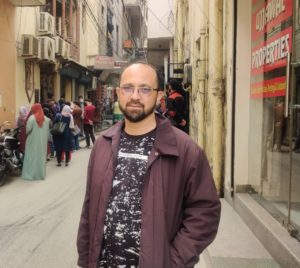
In the winter of 2019, he says, he and his wife and five children left Kabul, leaving behind his parents, his brother and the rest of his family. “Situation is really bad there, and I’ve been unable to speak to them for a month now”, Niamatullah says, going on to explain that their life has been traumatic till now, and continues to be.
He speaks of the constant stress that he and his wife have been through, which has now been diagnosed as depression, “we cannot sleep without our medication”, he says tearing up as he speaks of the precarious situation they are in. Now, while they are safe from the Taliban excesses, they have not been given refugee status, and Niamatullah says getting their children admitted to a school is impossible.
His eldest, who was in the 7th grade when they left, is now 17, and out of formal education for the past two years. “The kids’ are being sent for tuitions twice a day. Instead of having a meal for myself, I make sure to educate my children. I request the Indian government to help us Afghans. I thank them for everything they have done but we are struggling. We need our refugee status and cannot keep living in uncertainty”.
About 1000 kilometers away, his family lives in uncertainty too, of what the next moment holds.
Niamatullah, for one took courage in the fact that India and Afghans friendly relations did not start a fortnight ago but are age old. In this, his hope grows for the government to hear them out.
India is not a party to the 1951 Refugee Convention or its 1967 Protocol and does not have a national refugee protection framework. However, it continues to grant asylum to a large number of refugees from neighbouring States and respects the UNHCR’s mandate for other nationals.
The UNHCR says that while Tibetans and Sri Lankan refugees are protected and assisted by the Indian Government, the UN body is directly involved with groups arriving from other countries (notably Afghanistan and Myanmar).
UNHCR, based in New Delhi, conducts refugee status determination (RSD) for asylum-seekers from non-neighbouring countries and Myanmar. For people like Niamatullah, obtaining a refugee status would happen on a case by case basis.
Life in Delhi has certainly not been easy for the asylum seekers. Atiullah Azizi, who works at a pharmacy, told Patriot in August about it. “I am working all day to make ends meet, and high rent, electricity bills make things tougher even as our income remains the same.” Earlier Azizi would get money from his relatives in Afghanistan, now with the situation deteriorating there, he was facing an uncertain future.
The significant number of travel companies run by Afghans, who help their countrymen escape the conflict and in times of peace help them to re-visit their country are an important indicator of how Delhi became a second home for Afghans.
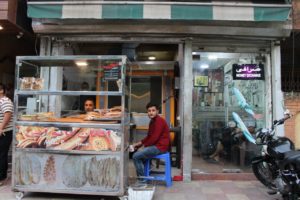
Another people who do come under the ambit of the UNHCR are Rohingya who have suffered decades of persecution in Myanmar. They make up the third highest number of people seeking asylum in India. As per Human Right Watch there are an estimated 40,000 Rohingya, at least 16,500 of whom are registered with UNHCR. In Delhi, there are around 900 Rohingyas.
Most of the Rohingyas live in makeshift houses made of bamboo, in Shram Vihar and Kanchan Kunj camp in Southeast Delhi’s Madanpur Khadar. They are not only poor and lead precarious lives, depending on various NGOS for education and healthcare. Moreover, the Union Government has even referred to them as a threat to national security.
A different Status
There are also about 8,000 Tibetans in the capital; 4,500 of them live in the Tibetan refugee colony at Majnu Ka Tila, now known as New Aruna Nagar.
Here one can find Buddhist temples, authentic Tibetan cuisines, and small stalls set up with all snacks and clothes. It is a place where many Tibetan refugees stay, like Tenzing who runs a momo stall.
“I have been running this stall for the last six year, my people live here. I have made friends here”, he says. On the question of problems he has faced living in the city, he says, “I don’t feel much problem. But I don’t feel like going out at night. Crime rate is high in Delhi so it has become tough.” Tenzing does not have Indian citizenship but a lot of his friends have got citizenship on the basis of birth. “A lot of people from our community have become Indians. Some have become lawyers, journalists and engineers. This city has given us a lot.”
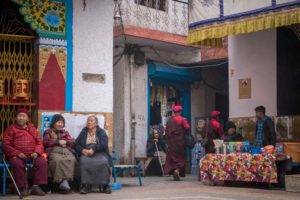
Note: Under the Constitution, persons born in India on or after January 26, 1950 and prior to the commencement of the Citizenship (Amendment) Act of 1986 Act on July 1, 1987, is a citizen of India by birth. Those born after can be citizens only if either parent is a citizen of India at the time of the birth.
Refugee population living in Delhi face a host of problems like high rent, access to hospitals and admission to schools. Advocate Ashok Aggarwal in2019 filed a plea seeking admission of Pakistani nationals who had been denied admission.
“This is their basic right. Right to life, Right to health, Right to Education under article 21. And it is applicable to all, even if they are not Indian citizens. So these refugees can approach the courts, if someone violates these rights.” said Aggarwal.
“Many Pakistani refugees who came here did not have papers. They also face problems in accessing healthcare.” Now they have received it after the intervention by the court. Aggarwal believes that it is the question of right. “Even if a kid comes here for a day. It is his/her right to education.”
(Cover: A major fire destroyed a Rohingya refugee camp, in New Delhi on 14 June 2021. In total there were 53 shanties which were all gutted in the fire at the camp making 280 refugees living there homeless. PHOTO: Getty Images)

